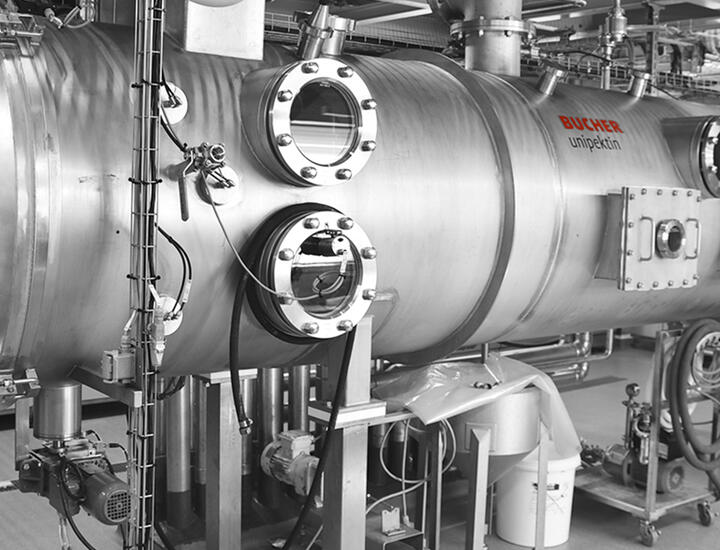Effluent filtration
Effluent filtration for the textile industry.
Traditionally, to separate solids from liquids, non-woven or woven fabrics were used made from animal or vegetable fibres. However, synthetic fibres have since been in use for several decades.
In classic filtration, a filter cake is built-up on the filter surface, and this cake reduces the flow of filtrate, depending on the cake permeability. Such a cake structure often needs to build up to obtain a clear filtrate. Unfortunately, the filtration of slimy products such as proteins, polymeric carbohydrates or microorganisms is usually quite costly or even impossible with these classical filtration methods.
Today, with crossflow filtration, the filtrate permeates transversely to the flow direction through a porous wall layer. The critical feature of crossflow filtration is the high flow velocity over the filter surface, which prevents the build-up of a cake layer. Crossflow filtration can separate fine inorganic particles of just a few micrometres in a low viscosity solvent.


